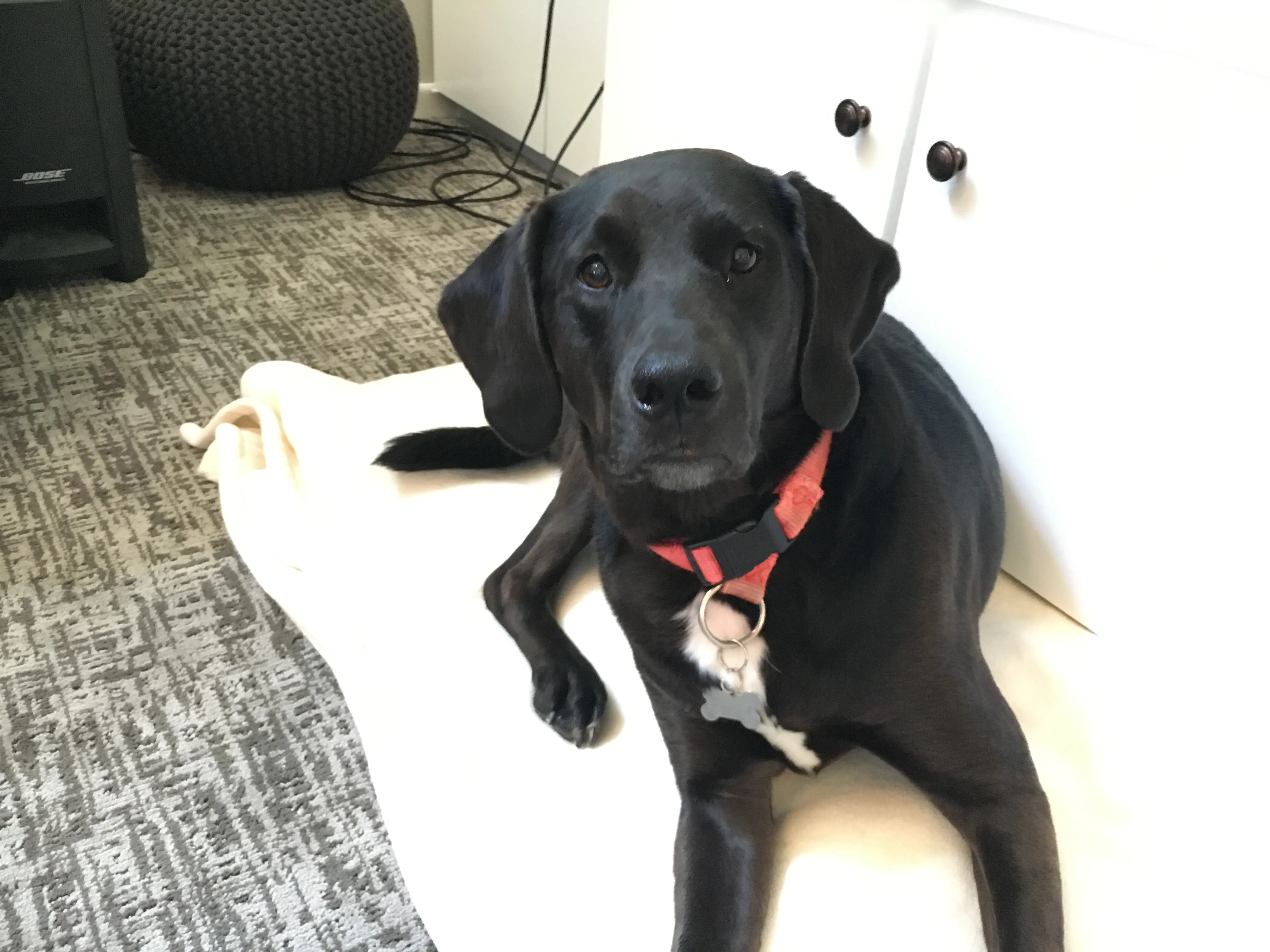Treeing Walker Coonhounds are known for their intelligence, energy, and strong hunting instincts. While these qualities make them excellent companions for active individuals and families, they also require consistent and dedicated training. If you’re looking for the Best Way To Train A Treeing Walker Coonhound, this guide will provide you with effective techniques and strategies to help you build a well-behaved and happy dog.
Understanding the Treeing Walker Coonhound Temperament
Before diving into specific training methods, it’s crucial to understand the breed’s temperament. Treeing Walker Coonhounds are:
- Intelligent: They learn quickly, but can also be independent thinkers.
- Energetic: They need plenty of exercise to stay physically and mentally stimulated.
- Scent-Driven: Their strong sense of smell can sometimes lead to distractions during training.
- Vocal: They have a distinctive bay that they use to communicate.
Understanding these traits will help you tailor your training approach to their specific needs.
Essential Training Techniques
1. Early Socialization
Socialization is key to preventing behavioral issues later in life. Expose your Treeing Walker Coonhound puppy to a variety of people, places, and sounds from a young age. This includes:
- Different environments: Parks, streets, and stores (if allowed).
- Various people: Men, women, children, and people of different ethnicities.
- Other animals: Supervised interactions with other dogs and cats.
Positive experiences during socialization will help your Coonhound become a well-adjusted and confident dog.
2. Positive Reinforcement
Positive reinforcement is the most effective method for training Treeing Walker Coonhounds. This involves rewarding desired behaviors with treats, praise, or toys. Some examples include:
- Treats: Small, high-value treats are great for capturing their attention.
- Praise: Enthusiastic verbal praise can reinforce good behavior.
- Toys: Use their favorite toys as rewards during training sessions.
Avoid punishment-based methods, as they can create fear and anxiety, leading to more behavioral problems. As seen in the original session with Piper, rewarding good behaviors yields better results.
 Piper
Piper
3. Basic Obedience Training
Start with basic commands such as “sit,” “stay,” “come,” and “down.” Keep training sessions short (5-10 minutes) and consistent. Here’s how to approach each command:
- Sit: Hold a treat above their head, moving it backward to encourage them to sit. Once they sit, say “sit” and give them the treat.
- Stay: Have them sit, say “stay,” and hold your hand up. Gradually increase the duration of the stay. Reward them for staying in place.
- Come: Use a cheerful tone and say “come.” When they come to you, reward them with praise and a treat.
- Down: Hold a treat in front of their nose and move it towards the ground. As they follow the treat, say “down.” Reward them when they lie down.
Consistency and repetition are crucial for success.
4. Leash Training
Treeing Walker Coonhounds have a strong prey drive, which can make leash walking challenging. Start leash training early and use a comfortable harness or Martingale collar.
- Introduce the leash: Let them wear the leash and harness indoors for short periods to get used to it.
- Start in a quiet area: Begin leash training in a calm environment with minimal distractions.
- Use positive reinforcement: Reward them for walking nicely by your side.
- Address pulling: If they pull, stop walking and wait for them to return to your side before continuing. As demonstrated with Piper’s guardians, using a Martingale collar with a special twist of the leash can help prevent pulling.
5. Recall Training
Recall is an essential command, especially for a breed with a strong hunting instinct. Train recall in a safe, enclosed area first.
- Use a long leash: This allows you to practice recall while still maintaining control.
- Say their name and “come”: Use an enthusiastic tone to encourage them to come to you.
- Reward generously: Give them a high-value treat and lots of praise when they come.
- Practice regularly: Consistent practice will reinforce the recall command.
6. Addressing Vocalization
Treeing Walker Coonhounds are known for their loud baying. While it’s part of their breed characteristics, you can manage excessive barking through training.
- Identify the cause: Determine what triggers their barking (e.g., boredom, anxiety, territoriality).
- Provide mental stimulation: Puzzle toys and training games can help reduce boredom-related barking.
- Teach a “quiet” command: Reward them when they stop barking on command.
- Ignore attention-seeking barking: Do not give them attention when they bark for attention.
7. Focus Exercises
Due to their scent-driven nature, teaching a Treeing Walker Coonhound to focus on you amidst distractions is vital. Focus exercises, like the one taught to Piper’s guardians, can be highly effective. This involves:
- Starting in a quiet environment: Begin with no distractions to ensure initial success.
- Using a high-value treat: Hold the treat near your eyes to encourage eye contact.
- Saying their name and “look”: Reward them immediately when they make eye contact.
- Gradually increase distractions: Practice in environments with more stimuli to generalize the skill.
 Piper
Piper
Consistency is Key
The most important factor in training a Treeing Walker Coonhound is consistency. Everyone in the household should use the same commands and training methods. Consistent training will help your Coonhound understand what is expected of them and reinforce good behavior.
Seeking Professional Help
If you are struggling with training your Treeing Walker Coonhound, consider seeking the help of a professional dog trainer or behaviorist. They can provide personalized guidance and address any specific behavioral issues your dog may be experiencing. Remember that professional assistance can make a significant difference in achieving your training goals.
Conclusion
Training a Treeing Walker Coonhound requires patience, consistency, and a deep understanding of the breed’s unique characteristics. By using positive reinforcement techniques, early socialization, and addressing their specific needs, you can successfully train your Coonhound to be a well-behaved and loving companion. Embrace the journey, celebrate the small victories, and enjoy the special bond you create with your Treeing Walker Coonhound.
